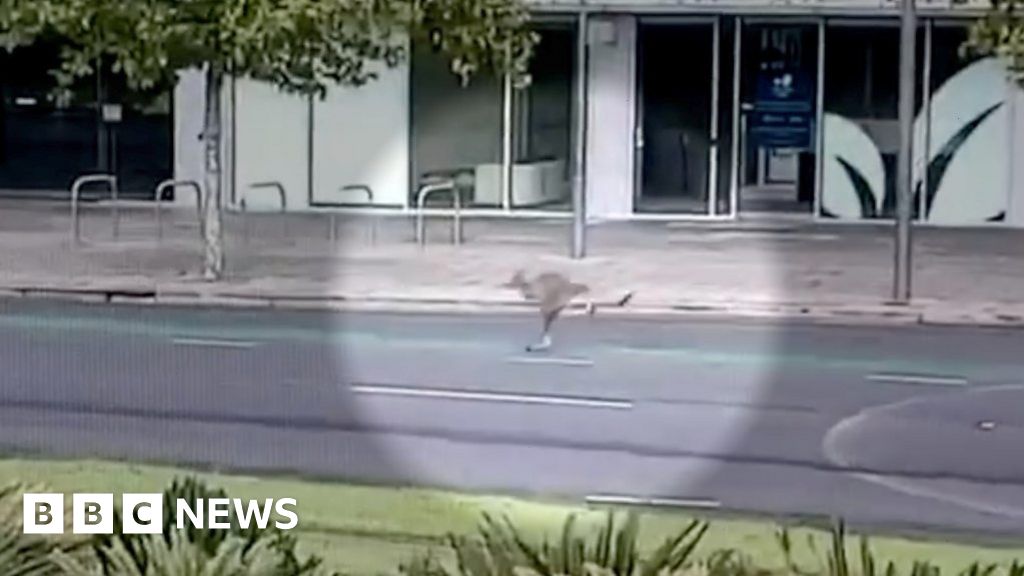
My own family’s experience, whilst minor compared to others’, might serve to illustrate some of the challenges Australian families have faced and some of the absurdities of the stressed, bureaucratic machine deployed to protect Australia. Our low-violence police are generally not a source of fear in the community.īut there are extraordinary aspects to Australia’s COVID policies: Australians abandoned overseas, banned from leaving the country, and rolling lockdowns enforced increasingly stringently on a restless population. Australians tend to be more risk averse and rule tolerant than our American friends. For Australia, it’s more like sending out a swarm of parking inspectors. In the United States, this might recall times when the National Guard were called in to quell riots or enforce desegregation in the U.S. Some of the headlines sound downright despotic: The Australian military deployed to the streets of Sydney to enforce the latest COVID lockdown.

(Photo by Cameron Spencer/Getty Images)Īmericans might be forgiven for looking down under to Australia and wondering what’s going on. Restrictions have been placed on all non-essential business and strict social distancing rules are in place across Australia in response to the COVID-19 pandemic. Some information for this report came from Reuters.SYDNEY, AUSTRALIA - APRIL 22: An empty carpark at Sydney Domestic Airport on Apin Sydney, Australia. The prime minister has abandoned the long-held strategy of eliminating coronavirus, and has instead embraced a policy of living with the virus and managing its spread. Prime Minister Ardern told reporters Monday in the capital Wellington that the curbs needed to stay in place to avoid a spike in new cases and hospitalizations as the numbers of fully vaccinated people continues to rise. Like Australia, New Zealand was among a small number of countries to drive coronavirus cases down to near zero last year because of border closures and snap lockdowns.But the small Pacific nation of five million people has been battling its own outbreak of the highly contagious delta variant since August that has frustrated efforts to stamp out transmission. The situation is far different in New Zealand’s biggest city of Auckland, as Prime Minister Jacinda Ardern announced Monday that it will remain under strict lockdowns for another two weeks despite a high vaccination rate. Meanwhile, residents in Melbourne, Australia’s second-largest city, are expected to fully emerge from its latest lockdown period on Friday of this week as Victoria state nears its goal of 70 percent of its citizens 16 years old and older to be fully vaccinated.Īustralia has been largely successful in containing the spread of COVID-19 through aggressive lockdown efforts at the start of the pandemic, but a rapid outbreak of new infections in Sydney triggered by the delta outbreak back in June spread across Australia and forced authorities in several cities to impose strict lockdown orders.

New South Wales last week ended a mandatory quarantine for vaccinated international passengers who test negative for COVID-19 before flying to Sydney. Mandatory indoor mask wearing has been dropped, while restaurants, bars and gyms can now welcome fully vaccinated patrons. Residents of New South Wales state, of which Sydney is the capital, are slowly emerging from strict lockdown orders now that the rate of fully vaccinated people ages 16 and over has reached 80 percent, according to officials. Children in Australia’s largest city returned to in-person learning Monday as Sydney reached an important milestone in its fight against COVID-19.


 0 kommentar(er)
0 kommentar(er)
